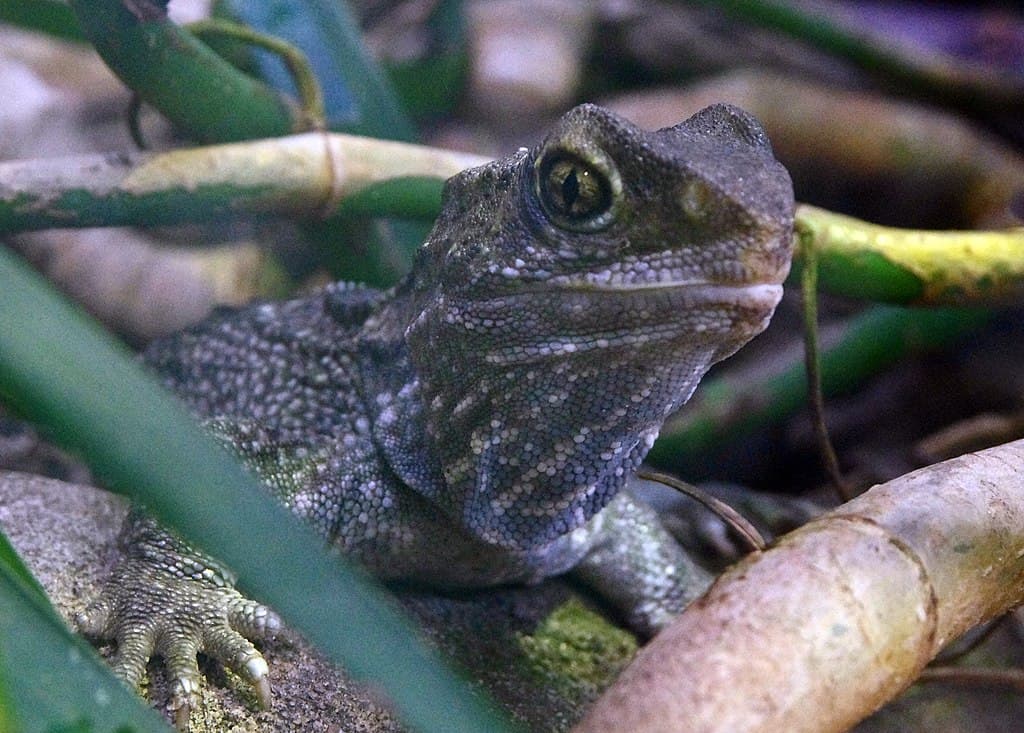Often referred to as “living fossils,” tuataras are extraordinary creatures that hold a remarkable position in the animal kingdom. Found only in New Zealand, these reptiles resemble lizards but belong to an entirely distinct order called Rhynchocephalia. First appearing some 250 million years ago, tuataras have managed to survive major environmental changes that wiped out many other species, including the dinosaurs. Today, their lineage is represented by only two species: the Northern Tuatara (Sphenodon punctatus) and, more recently identified, the Brothers Island Tuatara (Sphenodon guntheri).
An Ancient Lineage

Tuataras are the last survivors of an ancient group of reptiles that once flourished around the world. The order Rhynchocephalia, to which tuataras belong, predates even the dinosaurs. While their cousins succumbed to extinction over millions of years, the tuatara managed to persist in isolation on New Zealand’s islands. Often mistaken for lizards, tuataras are unique in many ways, including their biological structures and behaviors.
Distinctive Anatomy and Physiology

One of the features that sets tuataras apart is their “third eye,” or parietal eye, which is visible as a small pale spot on the top of their heads. Although it doesn’t function like a regular eye, it’s believed to help regulate their exposure to sunlight and hormone production. Tuataras also have distinctive teeth, fused to their jawbone instead of being set in sockets as seen in other reptiles. These teeth are used for shearing prey, including insects, birds, and even other reptiles.
Another fascinating aspect of tuatara physiology is their slow metabolism and longevity. With lower metabolic rates, tuataras can survive colder temperatures than most reptiles and have significant lifespans, often living over a century. Their growth continues well into adulthood, unlike most other reptiles, marking them as exceptional survivors.
Behavior and Reproduction

Tuataras are primarily nocturnal, spending their days in burrows, which they often share with seabirds. At night, they emerge to hunt. Despite their low metabolic rate, they’re agile hunters capable of catching fast-moving prey. Breeding is a slow process; tuataras reach reproductive maturity between the ages of 10 and 20. Females lay eggs only once every four years, with a gestation period of 12 to 15 months, one of the longest in the animal kingdom.
Conservation and Challenges

The conservation status of tuataras is currently categorized as vulnerable, primarily due to their restricted range and specific habitat requirements. Introduced predators such as rats have posed a significant threat to their survival, preying on eggs and juveniles. Conservation efforts are largely focused on predator control, habitat protection, and breeding programs. New Zealand has established several island reserves, free from invasive predators, to help safeguard these extraordinary reptiles.
The Significance of Tuataras

Tuataras offer incredible insights into evolutionary biology due to their ancient lineage. As a species that has changed little over millions of years, they provide valuable information on how life on Earth has evolved and adapted. Researchers and conservationists maintain that protecting tuataras is crucial not only for biodiversity but also for understanding the planet’s ecological and evolutionary history.
In conclusion, the tuatara is a remarkable reminder of a bygone era, an ancient survivor offering a living glimpse into Earth’s distant past. As we continue to protect these unique reptiles, we preserve a vital link to our planet’s natural history and its ever-evolving narrative.
- 10 Animals That Risked Their Lives to Save Humans - August 9, 2025
- 14 Reasons Why Bears Are Afraid of Humans (Most of the Time) - August 9, 2025
- 11 Frogs That Look Too Weird to Be Real - August 9, 2025

